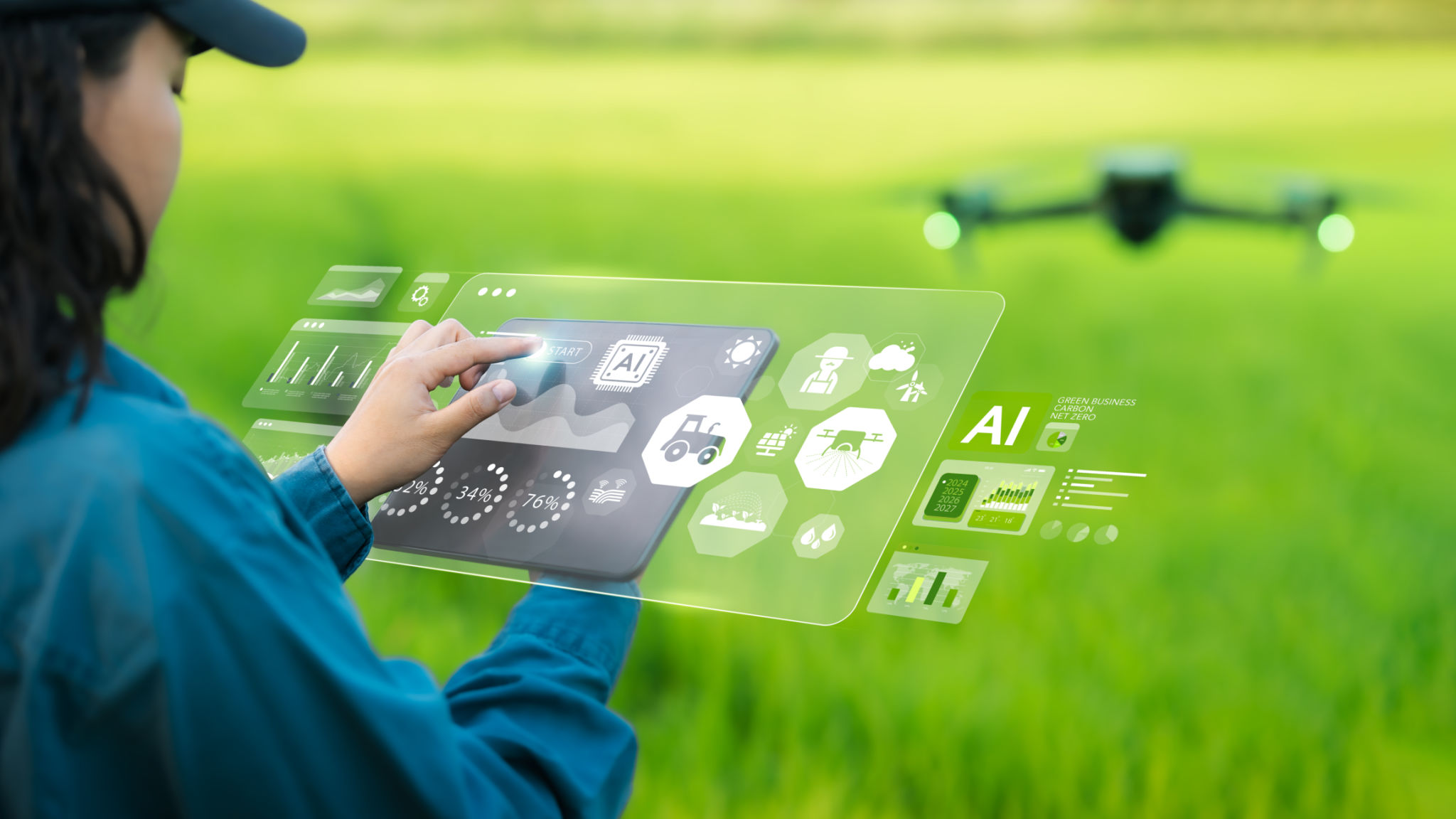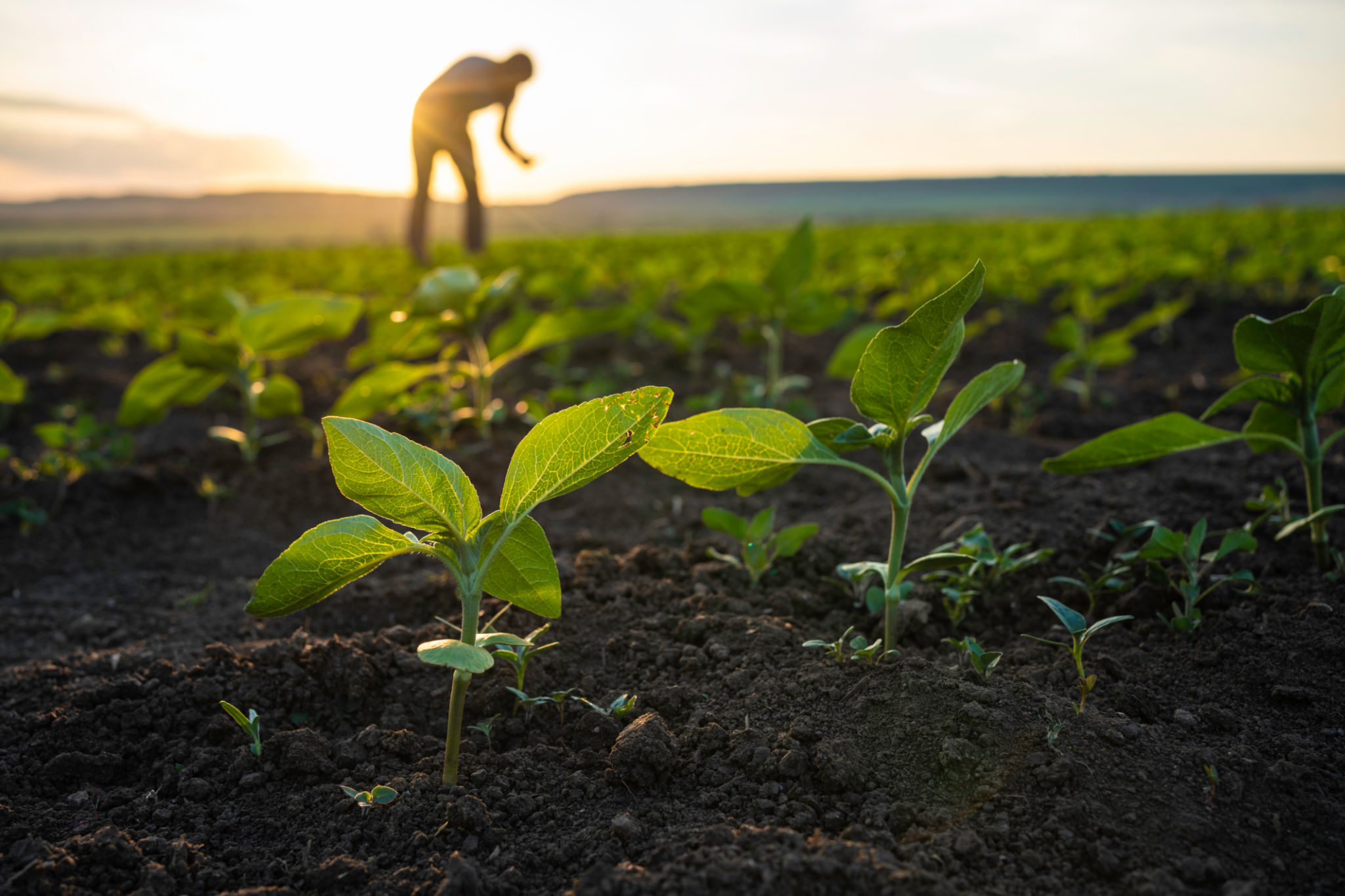Precision Farming with Robotics: The Future of Agriculture
Introduction to Precision Farming with Robotics
In recent years, agriculture has witnessed a technological revolution, with precision farming leading the charge. By integrating robotics into traditional farming practices, this innovative approach promises to enhance productivity, reduce waste, and ensure sustainable farming. Precision farming with robotics is not just a trend but a transformative movement shaping the future of agriculture.
The essence of precision farming lies in its ability to provide detailed, real-time data about crop health, soil conditions, and weather patterns. When combined with robotics, farmers are equipped with powerful tools that can perform tasks with unparalleled accuracy. This synergy between technology and agriculture heralds a new era of farming efficiency.

The Role of Robotics in Precision Farming
Robotics play a crucial role in precision farming by automating various labor-intensive tasks. From planting seeds to harvesting crops, robots can perform these activities with precision and consistency. This not only reduces the need for manual labor but also minimizes human error.
Moreover, robots equipped with advanced sensors can monitor crop conditions continuously. They can detect diseases early, allowing farmers to take timely actions that could save entire harvests. This proactive approach is a significant advantage in maintaining crop health and maximizing yields.

Benefits of Precision Farming with Robotics
Adopting robotics in precision farming brings a multitude of benefits:
- Increased Efficiency: Robots can work around the clock without fatigue, significantly boosting productivity.
- Cost Reduction: Automation reduces labor costs and decreases the need for resources like water and fertilizers by applying them precisely where needed.
- Environmental Impact: Precision application of inputs reduces waste and minimizes the environmental footprint of farming operations.
Challenges and Considerations
Despite its numerous advantages, integrating robotics into farming is not without challenges. The initial investment in robotic systems can be substantial, posing a barrier for small-scale farmers. Additionally, there is a learning curve associated with operating and maintaining these advanced technologies.
Farmers must also consider data privacy and security issues. As precision farming relies heavily on data collection and analysis, safeguarding this information becomes crucial to protect against potential breaches.

The Future of Agricultural Robotics
The future of agricultural robotics looks promising as technological advancements continue to evolve. Innovations such as AI-powered drones and autonomous tractors are becoming increasingly accessible and affordable. These technologies will likely become standard components of precision farming systems in the coming years.
Moreover, as more farmers adopt precision farming practices, there will be increased collaboration between technology developers and agricultural experts. This collaboration will drive further innovations tailored to the specific needs of various crops and farming environments.
Conclusion
Precision farming with robotics represents a significant leap forward for the agricultural industry. By enhancing efficiency, reducing costs, and minimizing environmental impact, this approach paves the way for sustainable farming practices. As technology continues to advance, the integration of robotics into agriculture will undeniably shape the landscape of modern farming.
